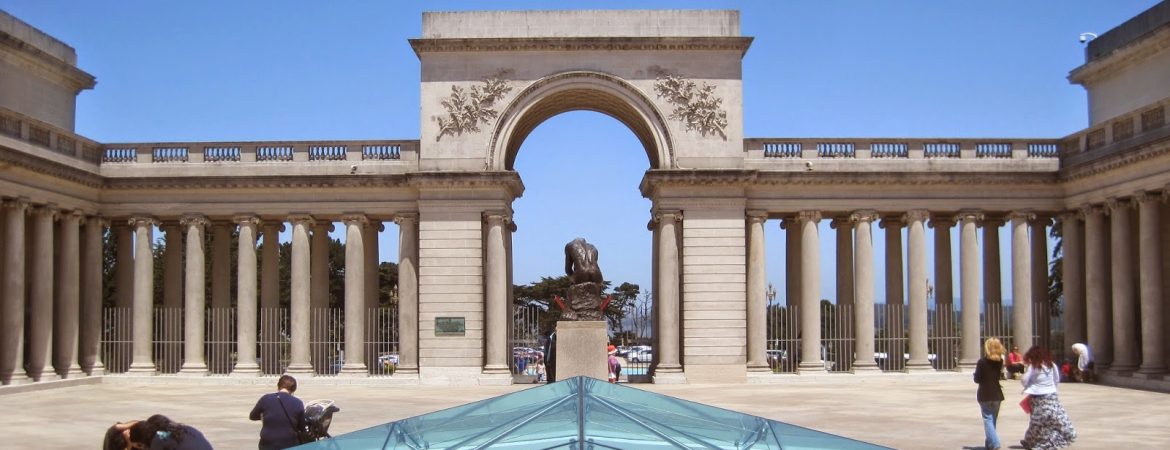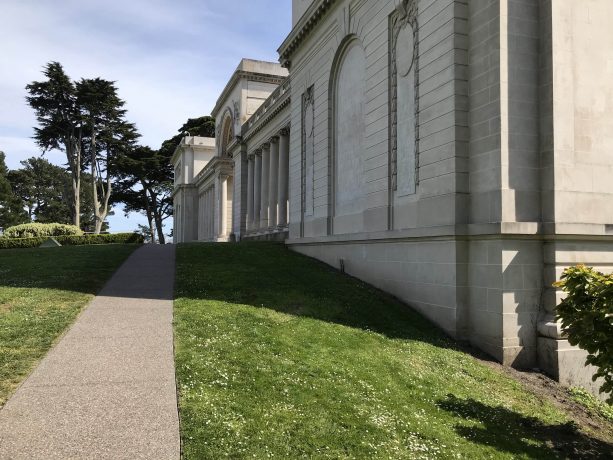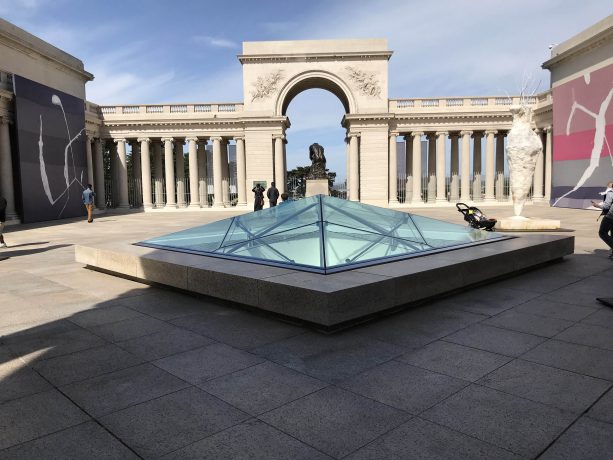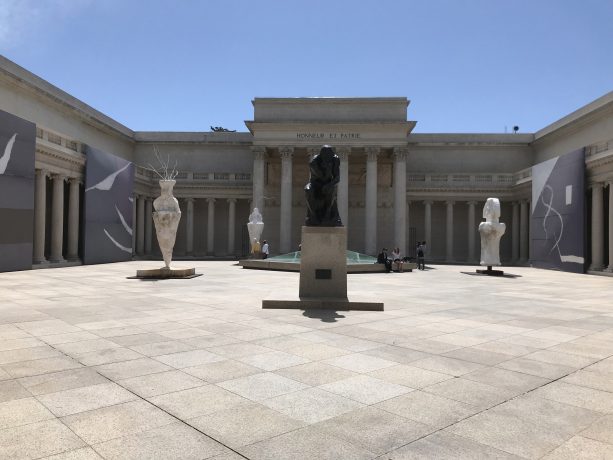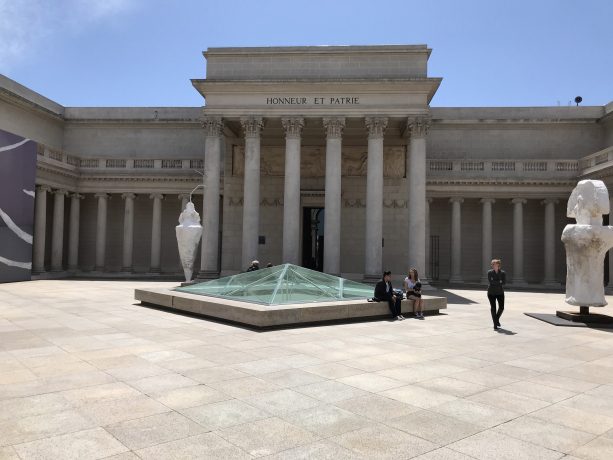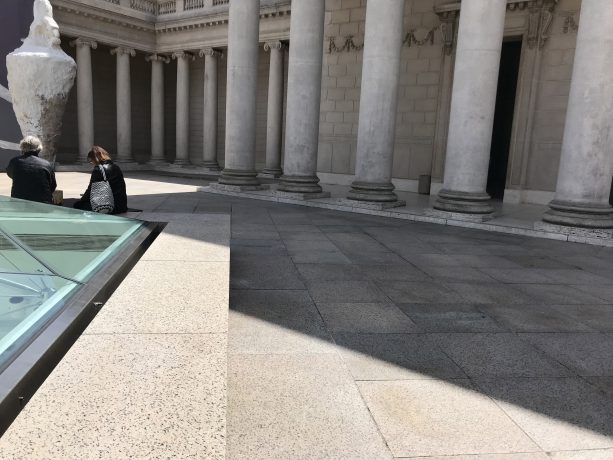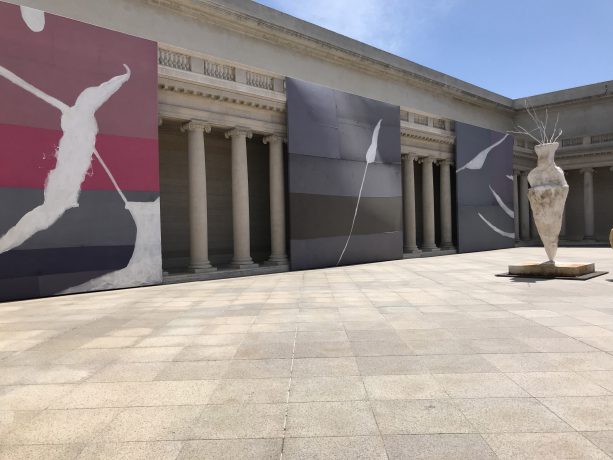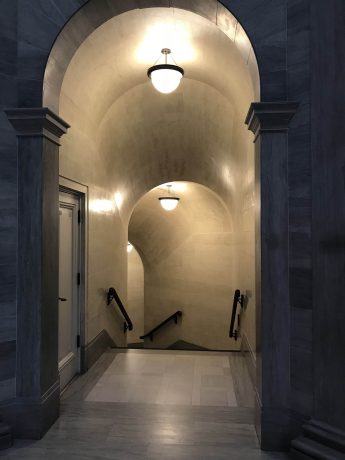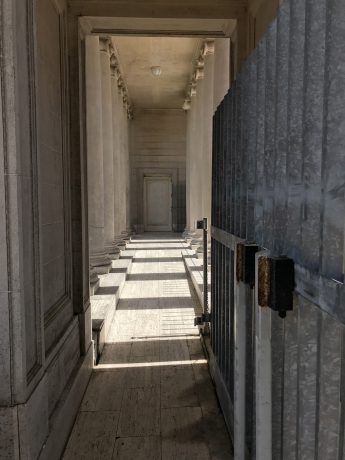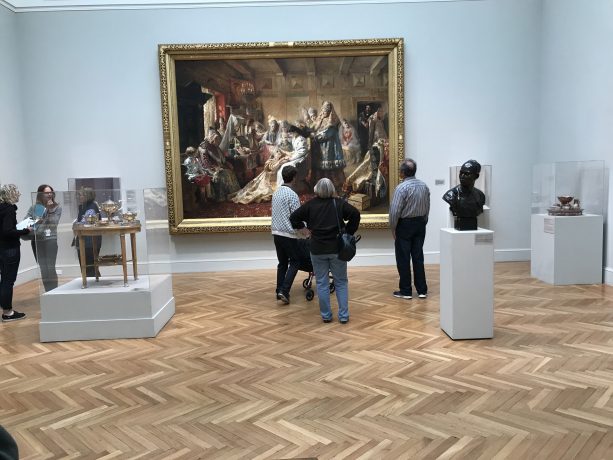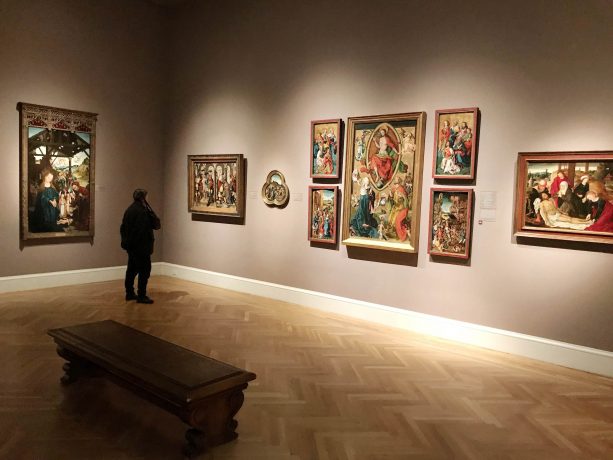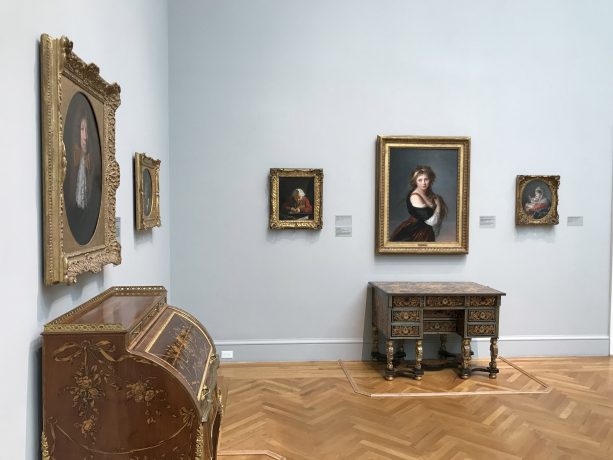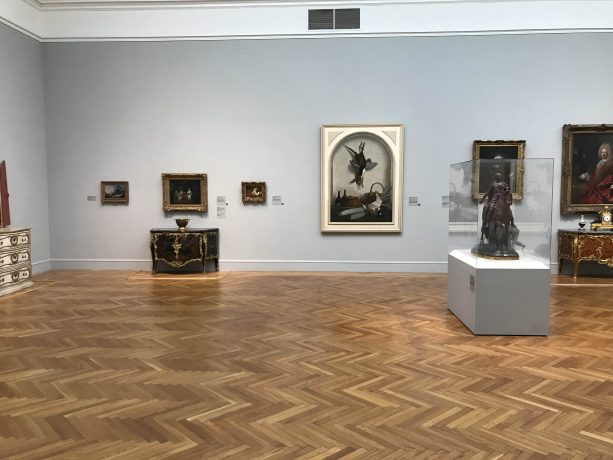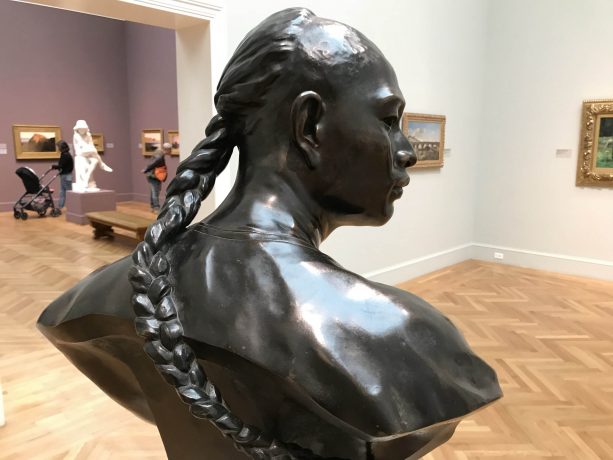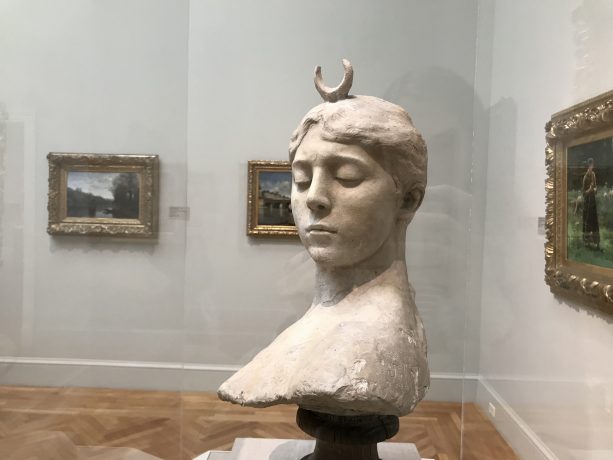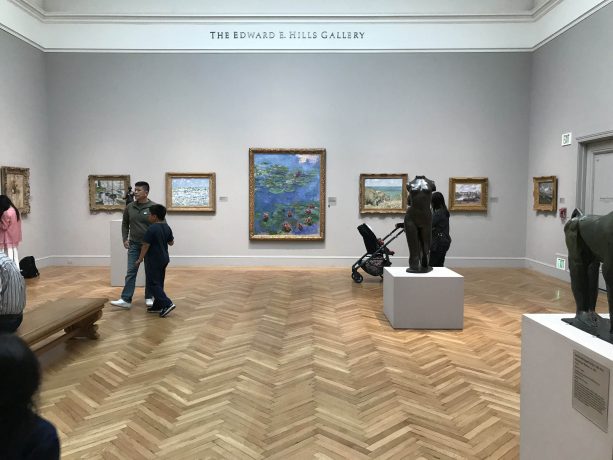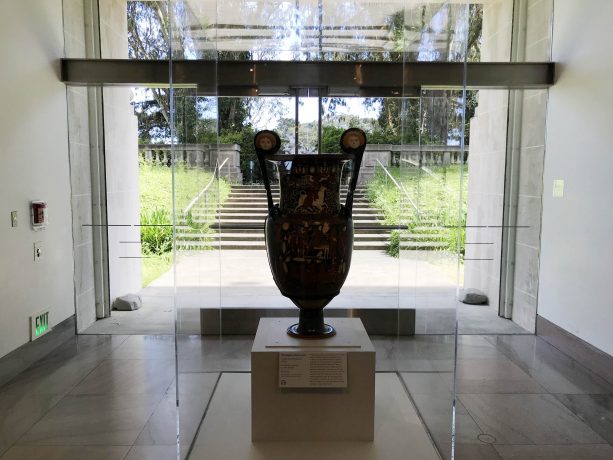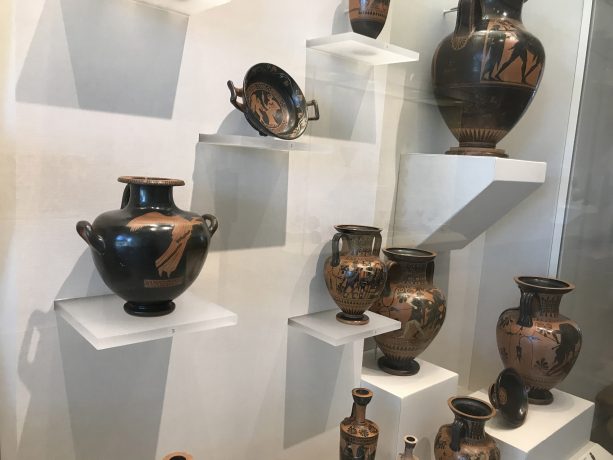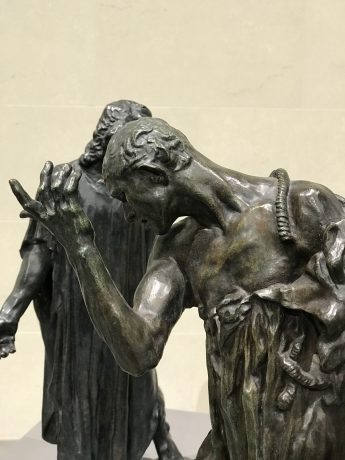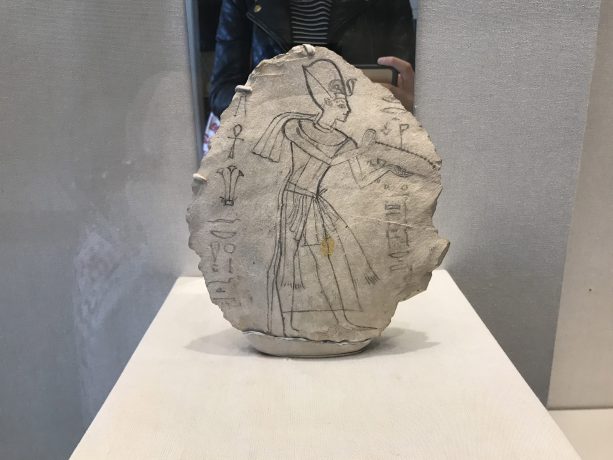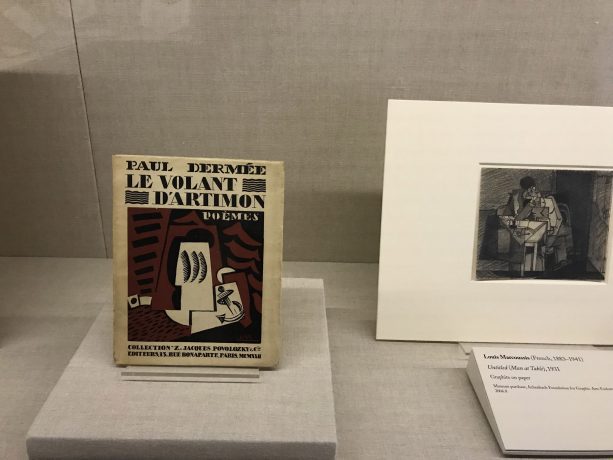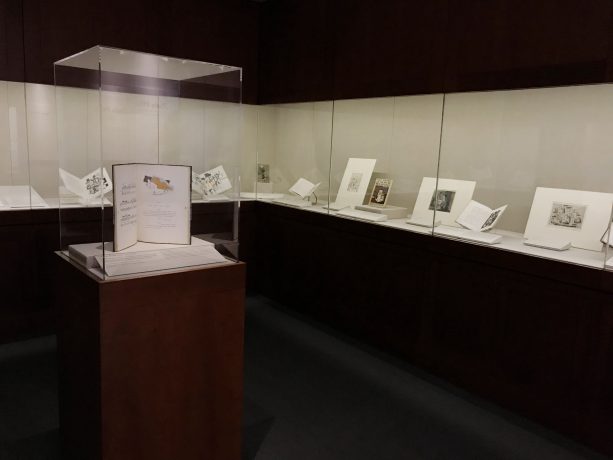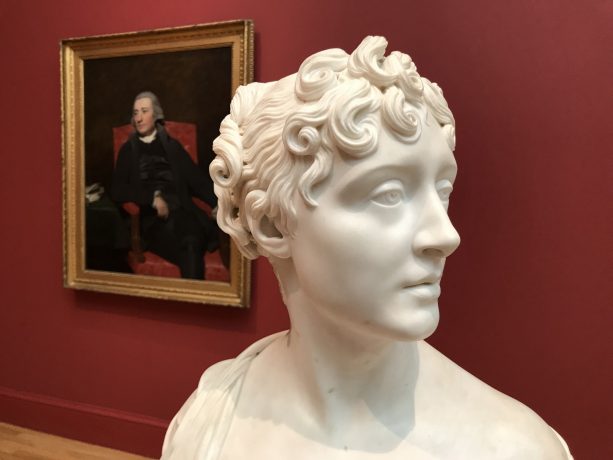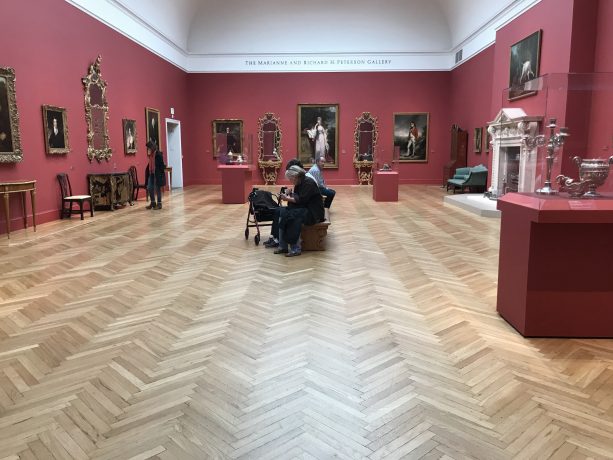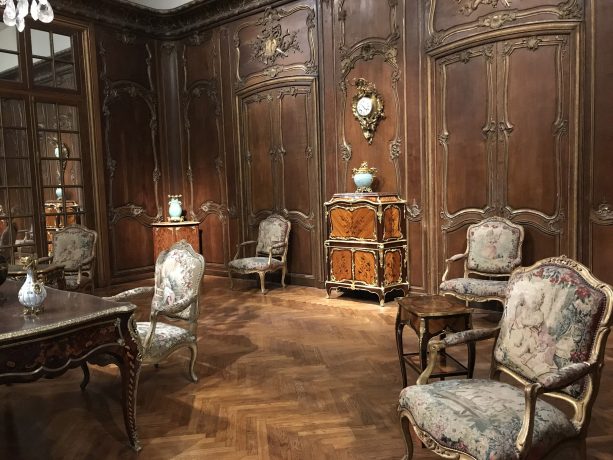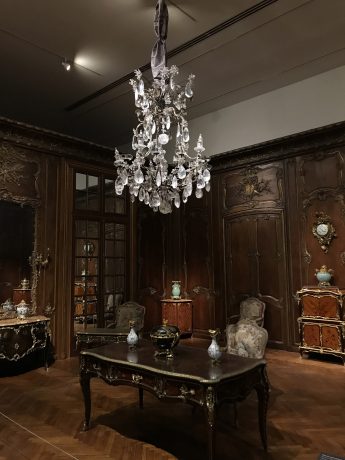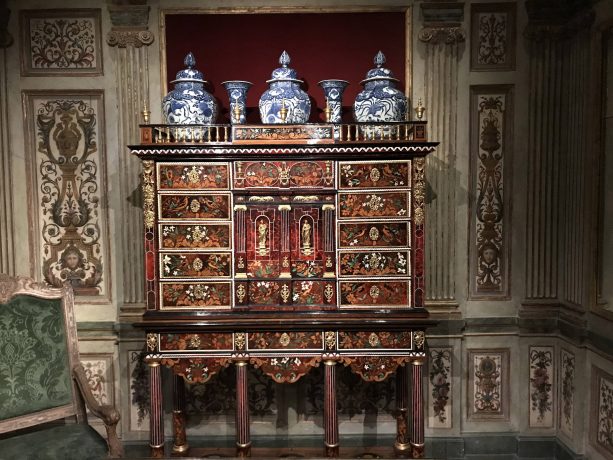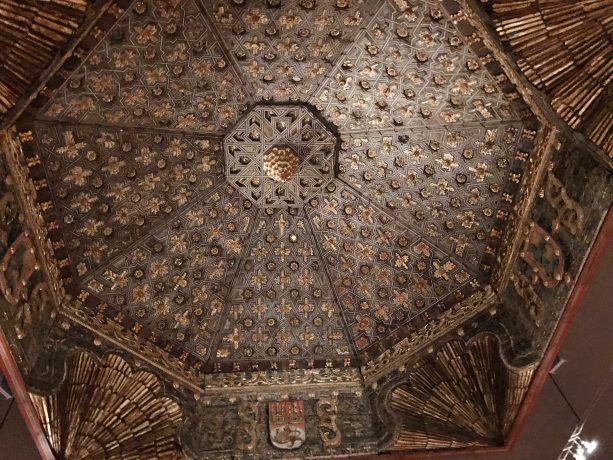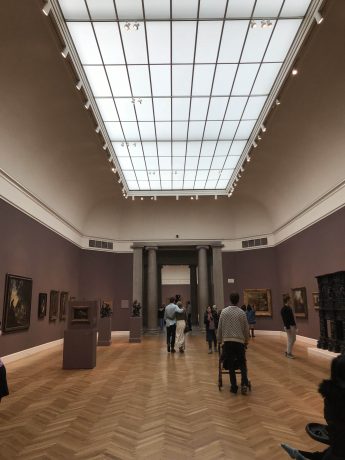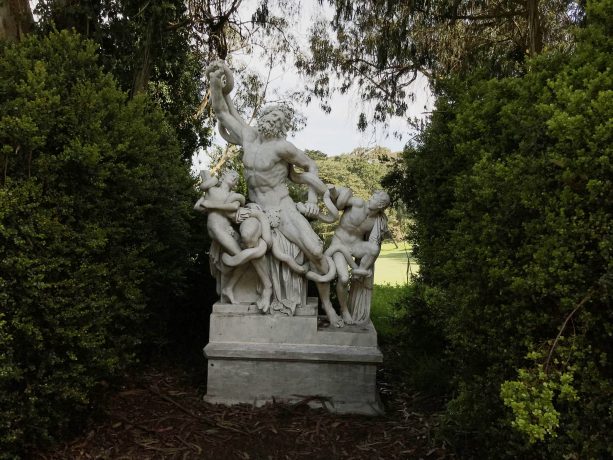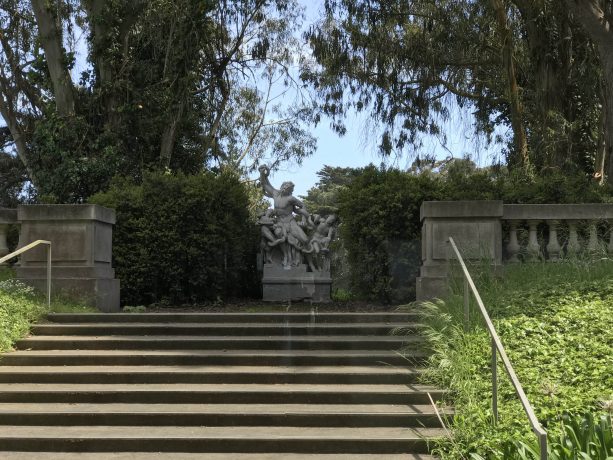Something almost magical happens as you approach the Legion of Honor Museum in San Francisco’s Lincoln Park. It sits atop a hill, amongst wind-blown coastal pines, with the massive supporting trusses of the Golden Gate Bridge rising out of the fog in the background. It’s quite picturesque, and it feels a world away from the densely packed apartments that are just across the street.
Technically, the Legion of Honor is a part of the de Young Museum of Golden Gate Park fame, but it maintains an independent spirit. I like to think of it as a Greatest Hits of European Art; it's sort of a condensed version of the Louvre. Anyone who has been to the massive French museum knows that it would take a lifetime to fully appreciate all the artwork there. Don’t get me wrong, the Legion of Honor is huge (and worth many hours of your time!) but you won’t get 10,000 steps in just trying to get from Monet to Rodin.
It’s not just the idea of the museum that evokes the Californian version of the Louvre. For starters, the building is a ¾ scale copy of Paris’s Musée de la Légion d'Honneur. It was originally built for San Francisco’s Panama Pacific Exposition in 1915 and then re-built in its current location at Land’s End just after World War I.
In the front courtyard, there is a low glass pyramid, a homage to I.M. Pei’s installation at the Louvre. This is positioned behind one of the original bronze casts of Rodin’s The Thinker. All of this seems rather familiar to anyone who has been to a European art museum, but the Legion of Honor adds its own flair. This very same courtyard is home to a modern art installation (or several) that changes seasonally.
Crossing the threshold of the museum places you in the nucleus, with galleries extending outwards on four sides. In the center of this room is another Rodin statue, one of more than seventy in the museum’s permanent collection. Each passageway from the central room leads to a different thread of thought, seemingly delineated by color.
To the left is the long, lavender passageway of Gallery 6, which is dedicated to French and Italian Baroque and Rococo art.
The other passageway to the left is actually a winding flight of narrow stairs, hewn in marble. It feels somewhat like you’re entering some ancient crypt until you emerge into the bright lower level of the Legion of Honor. The advantage of the hilly terrain on which the museum is positioned is the fact that the basement of the museum is full of windows. Most of this floor is dedicated to ancient masterpieces, set against a background of more marble. It feels completely different than the galleries above, both thematically and visually.
The basement is also home to a spacious café and a gift shop full of truly unique San Francisco souvenirs made by local artists along with an exclusive line focused on Francophile home décor. This is, of course, is a nod to the aforementioned fact that the Legion of Honor is French in just about every way imaginable (aside from the fact that it's on the other side of the world, but I digress).
Back up the stairs in the central room and dead ahead is—surprise, surprise—a room dedicated to Auguste Rodin’s sculptures, Gallery 10. Although all of the galleries have high ceilings and are relatively brightly lit (with some exceptions that I’ll get to later), Gallery 10 is particularly cathedral-like. It’s a pill-shaped chamber, with a rounded dome at the end of the room opposite of the main doorway; there’s a large amount of room to examine and explore the minute details of the bronze statues.
Gallery 10 is also home to one of the only indoor/outdoor pipe organs ever made, adding a delightful sonic element to the Legion of Honor’s artistic experience. There are concerts held every Saturday afternoon, and being in such an inspiring space with such magnificent music is an unforgettable experience.
From the central room, the passageway to the right leads to more traditional forms of Dutch and French painting, specifically from the 17th century. They’re moody and epic, paired with furniture from the same period, allowing for yet another consideration for the practice of observing art. I don’t think mu


These three original galleries connect to others, making the museum a little maze-like. Some have multiple doors leading to different rooms, while others are essentially a straight line of interconnected galleries.
Attached to Gallery 10 is the Salon Doré, which is one of several period rooms installed at the Legion of Honor. It’s an odd experience, being transported from a 21st-century museum to an 18th-century sitting room designed during the reign of France’s Louis XVI. Rooms like these are some of my favorites, sort of like getting to walk around in an exquisitely curated dollhouse.
Everything, down to the lighting (meant to convey that of late afternoon on a Parisian winter day), is clearly meant to convey a very specific mood for anyone who enters the room.
Or maybe I just like to pretend that I’m a French royal from the 1700s.
Anyway, the other exception to the well-lit gallery rule comes rather suddenly. As you’re walking down the eastern arm of the museum, you enter into a dark room with small spotlights shining on glittering religious artifacts from Medieval and Renaissance art.
This room also feels quite a bit like a European church, like Gallery 10, except that the setting is much more intimate. The darkness allows for thoughtful contemplation of the striking intersection between imagination and faith.
I suppose it’s as much about the dark as it is the lights; some of the golden icons seem to glitter and glow. Change the angle of the spotlights slightly and this aesthetic is thrown off.
Opposite this gallery, on the western arm of the museum’s ground floor, is one of Monet’s Water Lilies paintings. It’s hung on the wall at the very end of all the galleries, so even if you’re in another gallery, you can see it.
Somehow this museum, precariously posed on the edge of a continent, pulls together the best of four thousand years of European artistic innovation— and you can explore all of it in a day.
